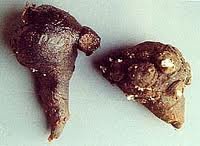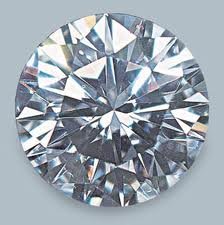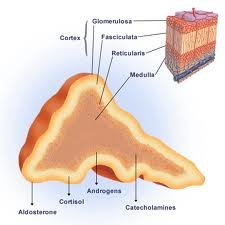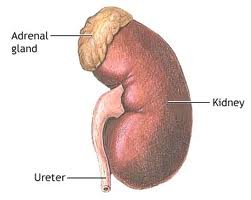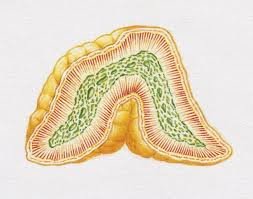Showing 46–54 of 1312 results
-
-
-
Actaea spicata
Baneberry
(ACTEA SPICATA)
Is a rheumatic remedy, especially of the small joints; tearing, tingling pains characterize it. Wrist-rheumatism. Pulsations over whole body, especially liver and renal region. Cardiovascular spasm. Pains worse from touch and motion.
-
-
Adonis vernalis
Pheasant’s Eye
A heart medicine, after rheumatism or influenza, or Bright’s disease, where the muscles of the heart are in stage of fatty degeneration, regulating the pulse and increasing the power of contractions of heart, with increased urinary secretions. Most valuable in cardiac dropsy. Low vitality, with weak heart and slow, weak pulse. Hydrothorax, ascites. Anasarca.
-
-
Adrenalin gland
An Internal Secretion of Suprarenal Glands
(ADRENALIN)Adrenaline or Epinephrine, the active principle of the medulla of the suprarenal gland, (cortical secretion not as yet isolated), is employed as a chemical messenger in the regulation of the activities of the body; in fact, its presence is essential to the activity of the sympathetic nerve. Adrenaline action on any part is the same as stimulation of the sympathetic nerve endings thereto. Local application (1: 1,000 solution) to mucous membranes promptly induces transient ischemia, seen in a blanching, persisting several hours from conjunctival instillation. Its action is very prompt, efficient, evanescent, owing to rapid oxidation and therefore practically harmless, unless too frequently repeated, when atheroma and heart lesions–myocardial–in animals have been reported. Arteries, heart, supra-renal bodies and vaso-motor system are prominently affected. The main action of Adrenaline is stimulation of the sympathetic endings, notably the splanchnic area, causing constriction of the peripheral arterioles, with resulting rise in blood pressure. This is especially observed in stomach, intestines; less in uterus, skin; nil in brain and lungs. Furthermore, is noticed, slowing of pulse, (medullary vagus stimulation), and strengthening of heart beat (increased myocardial contractility), resembling Digitalis; increased glandular activity, glycosuria; depression of respiratory center; contraction of muscular tissue of eye, uterus, vagina; relaxation of muscular tissue of stomach, intestines, bladder.
-
-
